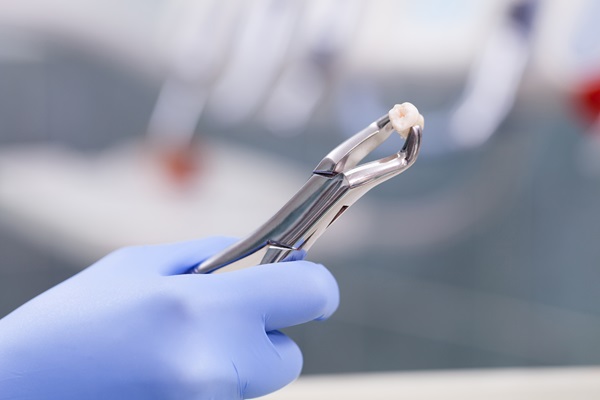A Oral Surgeon Discusses the Dental Implant Surgery Procedure

Dental implants are now the go-to supports for crowns, bridges, and dentures. They make it possible for you to enjoy fixed and permanent replacements for missing teeth. If you are thinking about rebuilding your smile, learning about dental implant surgery is a good place to start.
Reasons to choose dental implants for missing teeth
Dental implants do more than just anchor prosthetics and dental restorations. They also maintain the mass and density of the section of bone that they sit in. The presence of dental implants in the jaw stimulates the regeneration of bone tissue. The result is a solid jaw that holds remaining natural teeth firmly in place. An adequate amount of bone mass also maintains the structure of the lower face. In contrast, loss of bone mass in the jaw results in a sunken look about the mouth.
Here is what the patient should expect from the dental implant procedure.
1. Anesthesia
The type of anesthetic a patient receives depends on their specific needs. A local anesthetic will work for the patient who needs a single dental implant, with no additional surgical steps. A patient that needs a large bone graft or several dental implants may need IV sedation or general anesthesia.
2. Preparatory procedures
Some candidates for dental implants may need a bone graft to create a more solid base for their dental implants. Some may need the removal of failing teeth to make space for dental implants. Others may need nerve repositioning to create space for the implant. Others still may require a sinus lift to make room for an implant in the upper jaw.
An oral surgeon can combine these procedures with dental implant surgery. They may also recommend that their patient undergo implant installation in a separate procedure.
3. Dental implant installation
Here is the step-by-step process of dental implant surgery. When an oral surgeon combines dental implant surgery with one or more of the procedures mentioned in the previous section, they will skip the first step:
- The oral surgeon makes a small opening in the gums to expose the target section of the jawbone
- They drill a small hole into the jaw. This hole becomes the nook in which the dental implant sits
- Next, the oral surgeon places the dental implant, which is a hollow, screw-like rod with threads on its inner surface
- With the implant in place, the oral surgeon screws in the abutment, a screw-like connector with threads that match those on the inside of the dental implant
- The oral surgeon then closes the gums around the abutment, leaving the upper end above the gumline
Sometimes the dentist will recommend a separate procedure for the placement of the abutment.
4. Loading the implant(s)
This is the least invasive part of the process, where a dentist attaches a dental restoration or prosthetic onto the abutment. The dentist may choose to combine this step with one or more of the steps detailed in previous sections.
Once the artificial tooth is fitting to the patient’s satisfaction, the person goes home with a permanent replacement for their missing tooth or teeth.
Time to part ways with the gaps in your smile
Start by booking an appointment with our dentist. They will be happy to work with you and find a tooth replacement option that meets your needs. Find out whether dental implants are that option for you.
Request an appointment here: https://brighton.drjstearns.com or call Platte Valley Oral Surgery at (303) 997-0223 for an appointment in our Brighton office.
Check out what others are saying about our dental services on Yelp: Dental Implants in Brighton, CO.
Recent Posts
You might have heard the term “wisdom tooth extraction” often. However, you might not know that every type of extraction does not require surgery. Some kinds only require a simple procedure. Keep reading to find out more about what a wisdom tooth extraction from an oral surgeon involves.In many cases, the wisdom teeth can be…
Corrective jaw surgery (also called orthognathic surgery) is performed by an oral surgeon to correct different forms of skeletal and dental issues, including jaw and teeth misalignment. The aim is to improve oral functions such as breathing, speaking, and eating. Although the surgery may improve the appearance of the patient's teeth significantly, corrective jaw surgery…
If you are experiencing symptoms like jaw pain and stiffness, TMJ disorder might be the problem. This disorder can have a significant impact on your physical and mental health. The condition generally worsens without treatment. A TMJ specialist is a trained and experienced professional who offers treatment for TMJ disorders. Continue reading to find out…
Bone grafting is a minor surgical treatment done under local anesthetic to replace depleted bone tissue. The grafting material may be inserted into a tooth socket just after a tooth is removed or at a location where a tooth has been absent for an extended period. Over the next few months, your body will produce…


